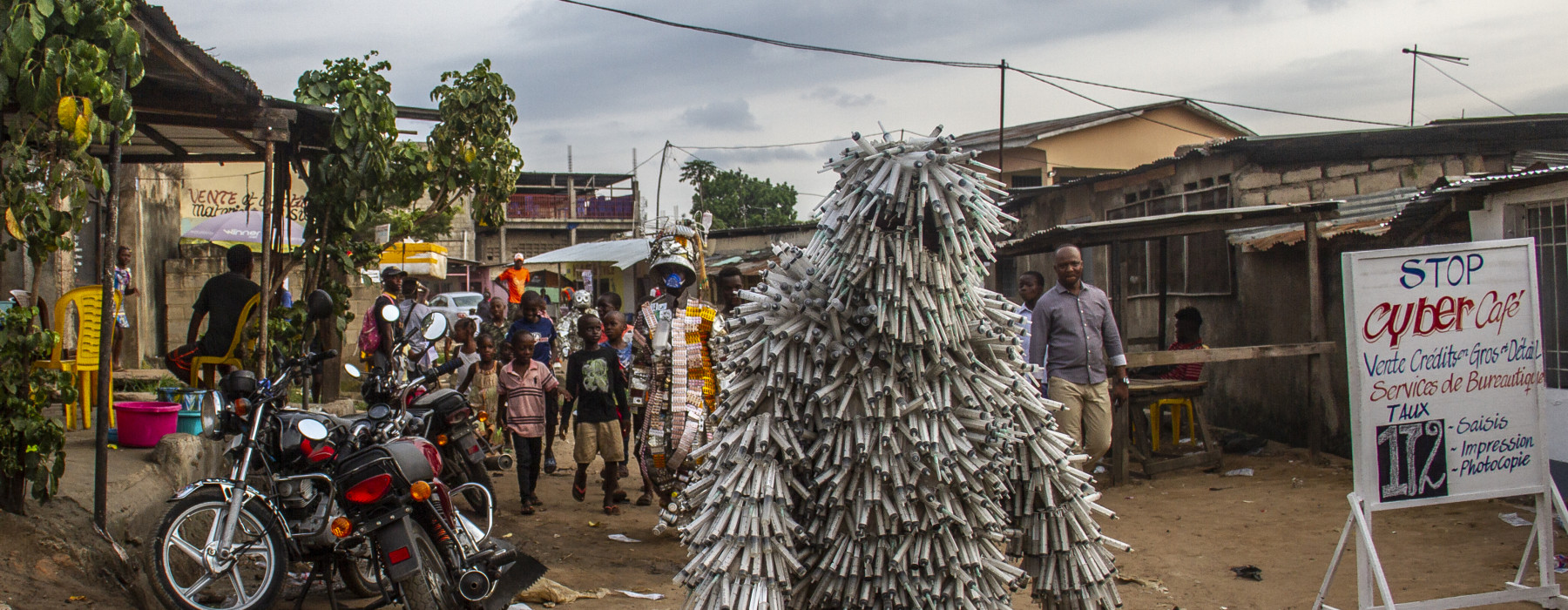
Until now, the museum world usually approached plastic from the perspective of Western design. The Tropenmuseum, however, zooms in on the use of plastic in our daily lives from a worldwide perspective. This story is told through a diverse museum collection spanning more than a hundred years. With objects made from the forerunners of plastics, the first plastic products, and works by contemporary artists and designers. The exhibition shows how the history of plastic goes back further than we might expect and that concerns about environmental pollution from plastics also go back more than fifty years.